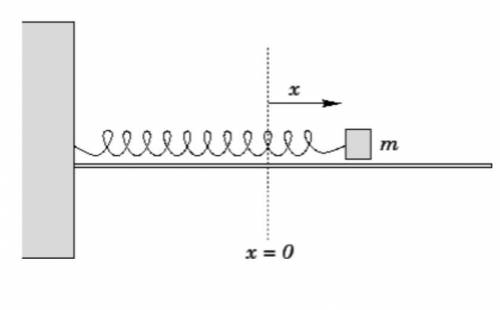The motion of a 3.0
kg mass on the end of a spring is described by
x(t) = (0.20 m)*Cos(2t/3....

Physics, 07.04.2021 23:20 willowcollins1256
The motion of a 3.0
kg mass on the end of a spring is described by
x(t) = (0.20 m)*Cos(2t/3.0s).
What is a time when the system is at the equilibrium position?
Please explain how to find this answer


Answers: 1


Other questions on the subject: Physics

Physics, 22.06.2019 07:00, dsperez201938
We put a force of 50n on an object and the acceleration is 100 m/s². what is the mass of the object?
Answers: 1



Physics, 22.06.2019 20:50, isarahweller103
Suppose that a mass of 2 kg is attached a spring whose spring constant is 50. the system is damped such that b = 12 . the mass is set in motion with an initial velocity of -8 m/s at a position 0 meters from equilibrium. set up and solve a differential equation that models this motion. write your solution in the form a cos ( ω t − α ) where α is a positive number. use your solution to fill in the information below: what is the amplitude of the motion? what is the value of ω ? what is the phase shift?
Answers: 1
You know the right answer?
Questions in other subjects:


Chemistry, 17.06.2020 23:57


Mathematics, 17.06.2020 23:57



Engineering, 17.06.2020 23:57

Mathematics, 17.06.2020 23:57




